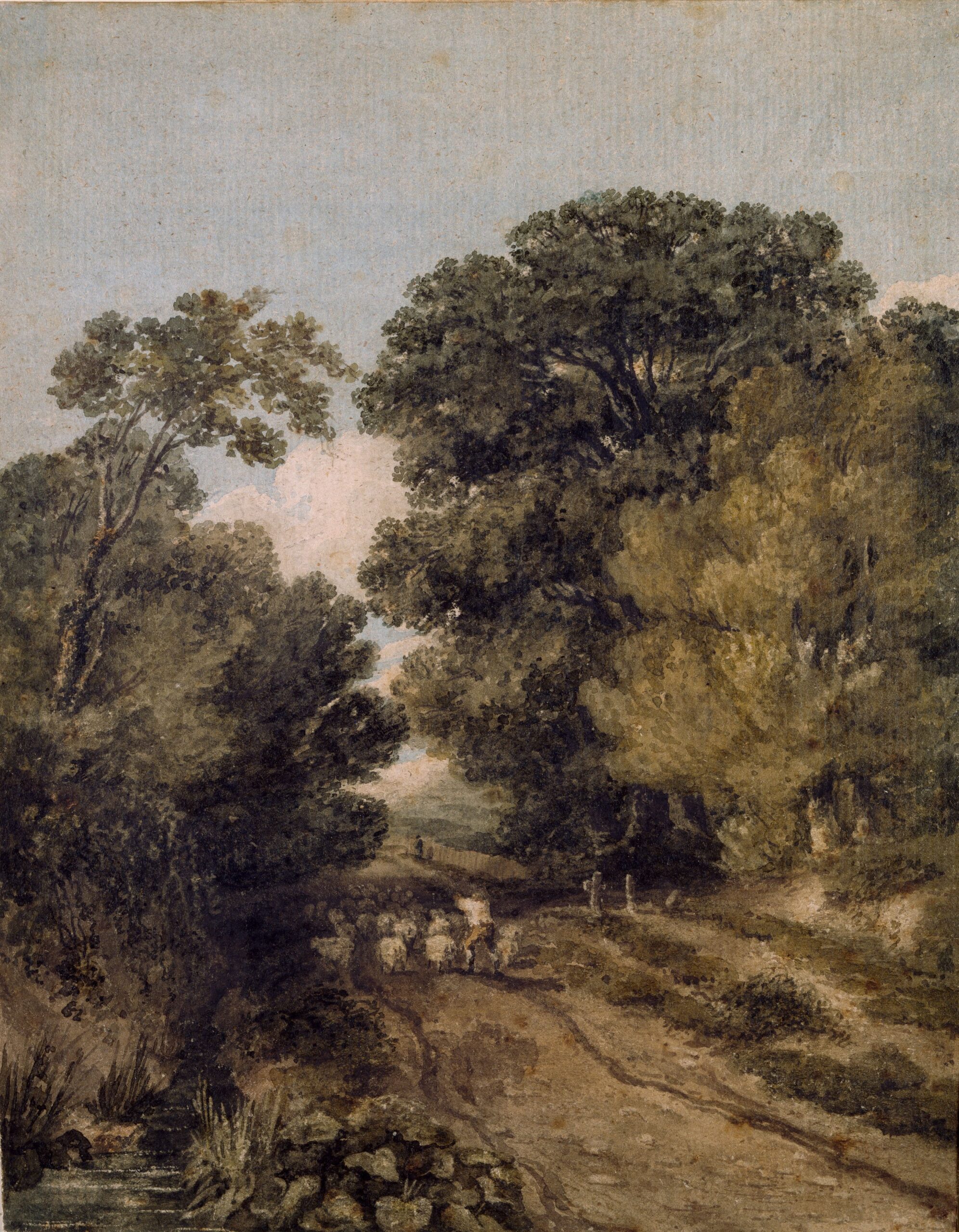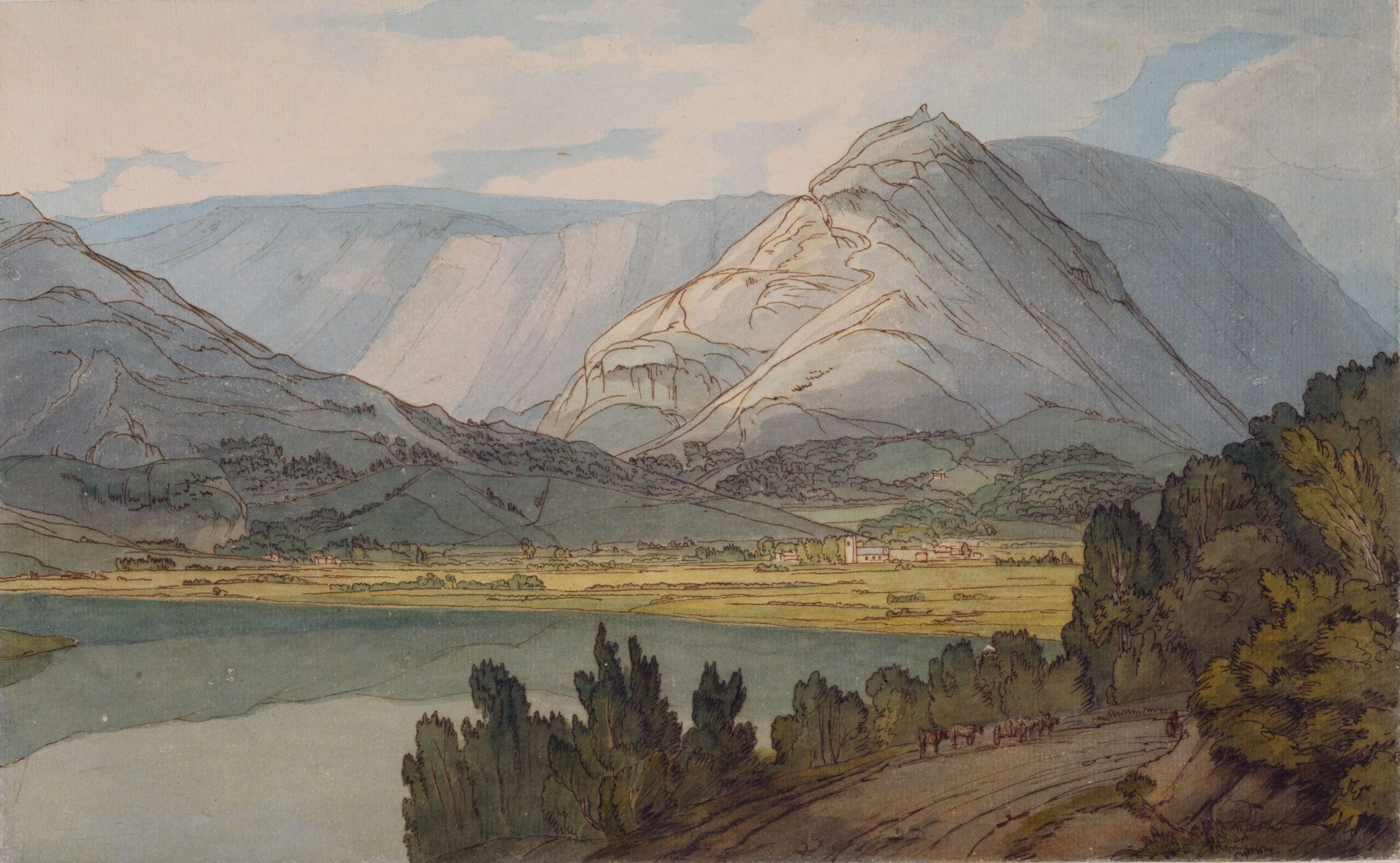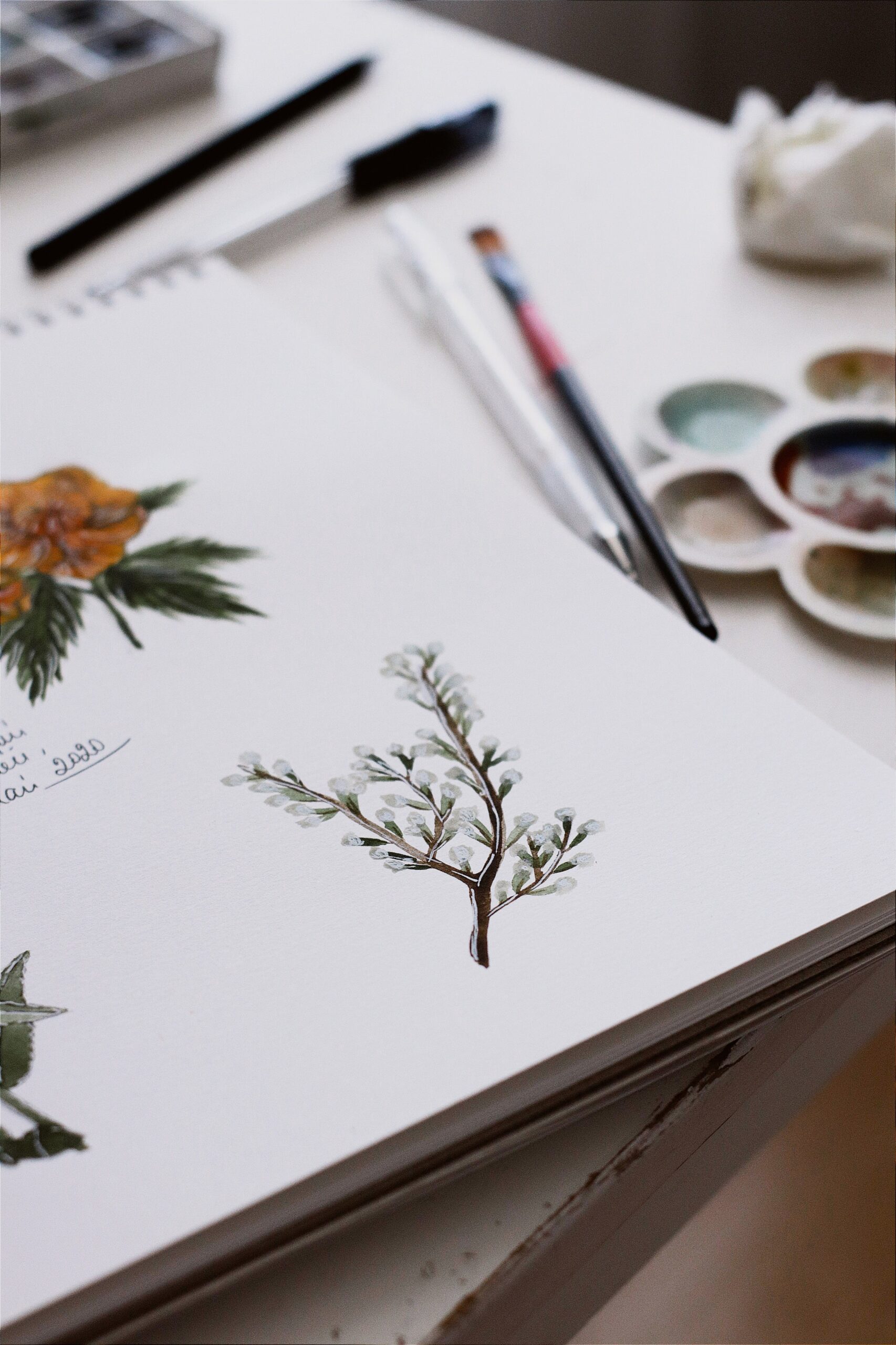In the world of art, mastering the art of creating a grey value scale with gouache paint is essential for any aspiring artist. This technique allows you to explore the vast range of tones and shades that can be achieved with just a single color. By understanding the principles behind this process and practicing with different dilutions and brushstrokes, you can bring depth and dimension to your artwork. In this article, you will learn the step-by-step approach to creating a captivating grey value scale with gouache paint, unlocking a world of possibilities for your artistic expression.

This image is property of images.unsplash.com.
Materials Needed
To create a grey value scale with gouache paint, you will need the following materials:
Gouache paint
Gouache paint is a versatile medium that can be used to achieve vibrant or muted colors. It is known for its opaque finish and ability to be reactivated with water even after it has dried.
Paintbrushes
Different sizes of paintbrushes will be needed to create different strokes and details in your artwork. It is recommended to have a variety of brush sizes on hand, including small, medium, and large brushes.
Water
Water is essential for diluting the gouache paint and cleaning your brushes. Make sure to have a container filled with water nearby for easy access and brush cleaning throughout the process.
Palette
A palette is necessary for mixing and storing your gouache paints. You can use a traditional artist palette or any clean, flat surface that allows you to mix colors effectively.
Preparing the Workspace
Before starting your grey value scale painting, it is crucial to prepare your workspace adequately. The following steps will guide you through the preparation process:
Choose a well-lit area
To accurately evaluate the grayscale values in your artwork, it is crucial to work in a well-lit area. Natural light is recommended, as it provides the most accurate representation of colors and values.
Cover your work surface
Protect your work surface from any potential damage by laying down a protective covering. This can be a plastic tablecloth, newspaper, or any other suitable material that is easy to clean and won’t absorb paint.
Fill a container with water for cleaning brushes
Keeping your brushes clean and maintaining their integrity is essential for achieving the desired results. Fill a container with water to conveniently clean your brushes during the painting process.
Understanding Grey Values
Grey is often considered a neutral color that can evoke a range of emotions and aesthetics. Understanding grey values is crucial in creating depth, dimension, and realism in paintings.
Grey as a neutral color
Grey is a color that has no specific hue, and it is often associated with neutrality, simplicity, and sophistication. As a neutral color, it can be used to create a sense of balance and harmony in a painting, allowing other colors to stand out.
Importance of grey values in paintings
Grey values play a significant role in creating the illusion of three-dimensionality and depth in paintings. By understanding and accurately depicting different shades of grey, you can add dimension to your artwork and create a sense of light and shadow.
Choosing Colors
Before diving into creating a grey value scale, it is crucial to choose your colors carefully. The right selection of colors will determine the accuracy and effectiveness of your grey scale.
Selecting the right shades of primary colors
To create a grey value scale, you will need to mix different shades of grey. Start by selecting the primary colors you will use to mix your grey paints. Having a warm and cool version of each primary color will give you more flexibility in achieving the desired shades.
Determining the value range needed for the grey scale
Consider the specific range of values you want to include in your grey scale. This will depend on the specific painting or artwork you are creating. By determining the value range beforehand, you can ensure that your grey scale accurately represents the desired contrasts and tones.
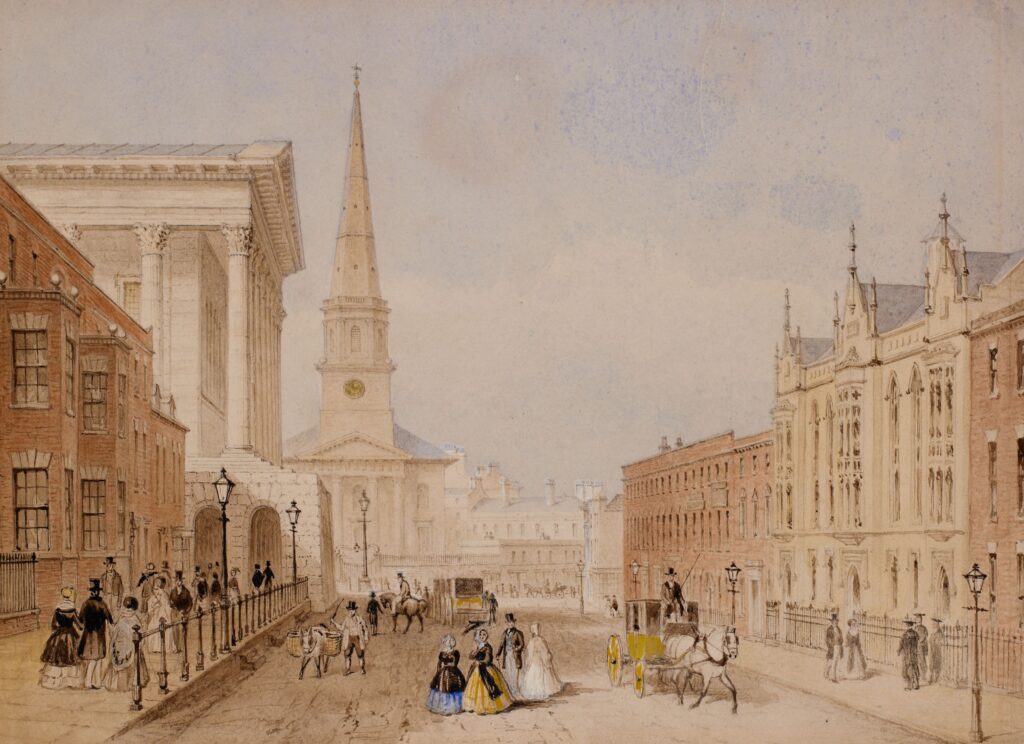
This image is property of images.unsplash.com.
Mixing Grey Paint
Now that you have chosen your colors and determined the value range for your grey scale, it’s time to mix your grey paints.
Using a premade grey color
Some artists prefer to use premade grey paint to achieve consistent results. If you have a premade grey color that matches your desired shade, you can use it as a base and adjust it as needed.
Mixing complementary colors
Another way to create grey paint is by mixing complementary colors. Complementary colors are pairs of colors that are opposite each other on the color wheel, such as red and green or blue and orange. By mixing complementary colors together, you can achieve a neutral grey tone.
Gradually adding black to white
If you prefer a more controlled approach, you can mix your grey paint by gradually adding black to white. Start with a small amount of white paint and gradually add a small amount of black paint until you achieve the desired shade of grey. This method allows for precise adjustments and the creation of a range of grey values.
Creating the Grey Value Scale
Now that you have mixed your grey paints, it’s time to create the grey value scale. The grey value scale allows you to see the full range of values in your grey colors, from the darkest to the lightest.
Preparing the palette
Before starting the grey value scale, make sure your palette is clean and ready to use. Arrange your premixed grey paints or set up the black and white paints for easy access during the painting process.
Painting the scale from dark to light
To create the grey value scale, start with the darkest grey paint you have mixed. Apply a small amount of paint to your palette and use a brush to paint a small strip of the color. Gradually dilute the paint with water to create lighter shades of grey, painting each shade next to the previous one. By the end of the scale, you should have the lightest grey shade.
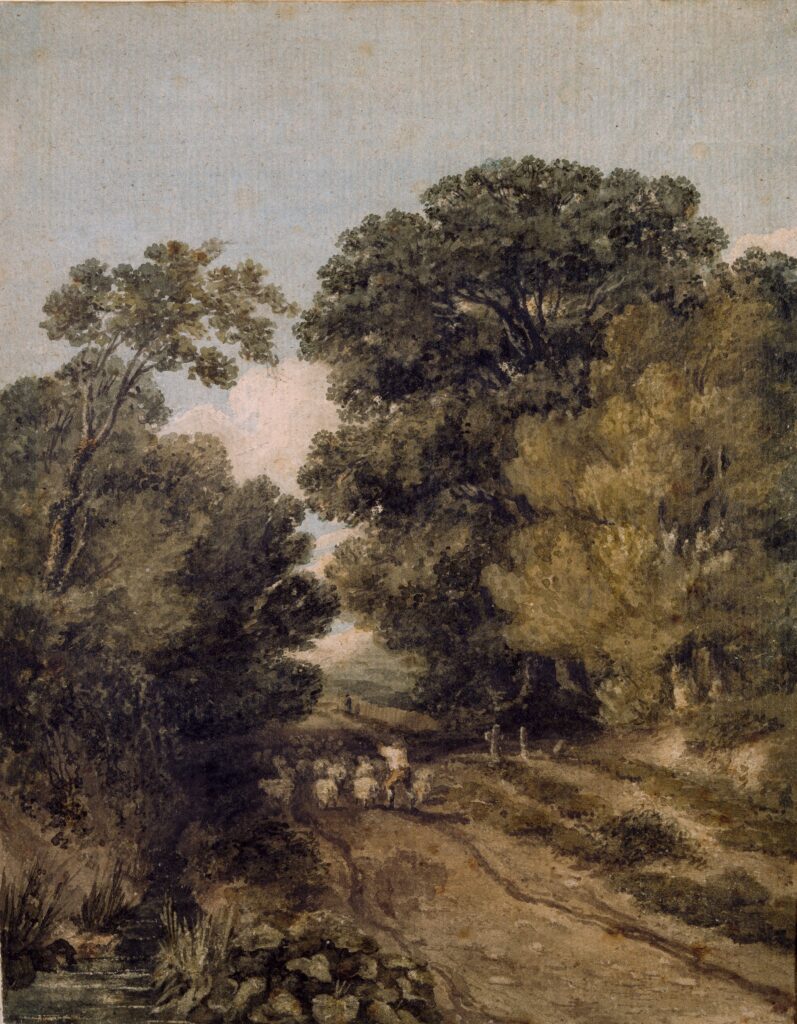
This image is property of images.unsplash.com.
Applying the Paint
Now that your grey value scale is complete, it’s time to apply the paint to your artwork. The following tips will help you achieve the best results:
Using the appropriate brush size
Depending on the size and detail of your artwork, select an appropriate brush size. Smaller brushes are suitable for intricate details, while larger brushes work well for broader strokes and filling in larger areas.
Applying even brushstrokes
To ensure a smooth and consistent application of paint, practice applying even brushstrokes. This will help maintain a uniform appearance and avoid unwanted streaks or inconsistencies in the final piece.
Blending colors smoothly
When working with grey values, it is essential to blend colors smoothly. Use a clean brush or a damp brush to blend the different shades of grey together, creating a seamless transition and achieving a natural-looking gradient.
Drying and Evaluating
After applying the paint to your artwork, it’s important to allow it to dry completely before making any further adjustments. Once the paint is dry, evaluate the range of grey values and assess whether any adjustments need to be made.
Allowing the paint to dry
The drying time for gouache paint can vary depending on the thickness of the layers applied. It is recommended to wait at least a few hours, if not longer, to ensure that the paint is completely dry before evaluating the artwork.
Analyzing the range of grey values
Carefully observe your artwork and analyze the range of grey values created. Pay attention to the transitions between shades and how they contribute to the overall composition. If needed, make notes on areas that may require adjustments to further enhance the grey value scale.
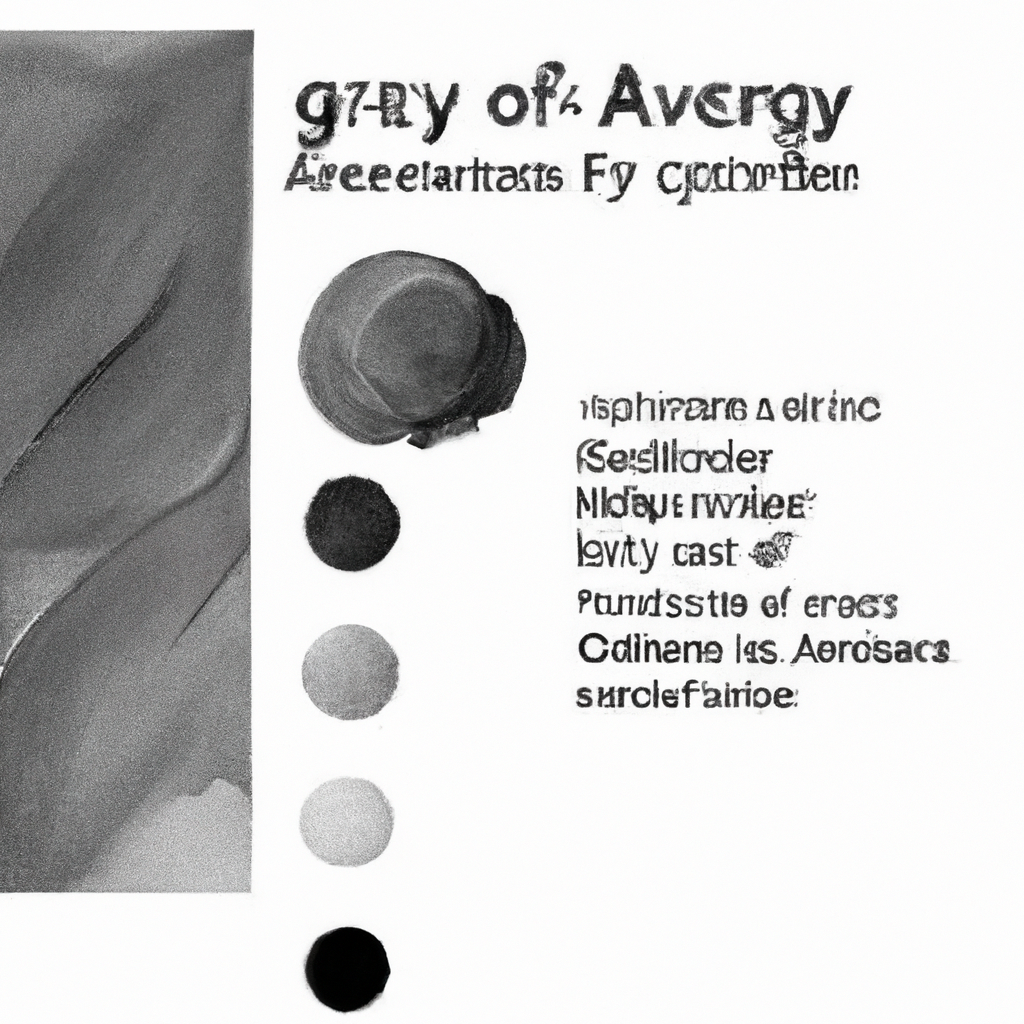
Making Adjustments
After evaluating the grey value scale in your artwork, you may find that certain areas need to be adjusted to achieve the desired effect. The following are common adjustments that can be made:
Adding darker shades if needed
If your grey value scale lacks depth or contrast, consider adding darker shades of grey to create stronger shadow areas. Gradually apply these darker shades using small brushstrokes or by glazing over existing areas.
Lightening specific areas using white paint
To create highlights or add emphasis to specific areas, you can lighten certain parts of your artwork by applying diluted white paint. Use a small brush and apply the white paint sparingly, gradually building up the desired level of lightness.
Final Thoughts
Creating a grey value scale with gouache paint is an essential skill for any artist. Through practice and experimentation, you will develop a better understanding of how different shades of grey can contribute to the depth, dimension, and overall impact of your artwork.
Applying the grey value scale in future artwork allows you to accurately represent light and shadow, creating a sense of realism and capturing the viewer’s attention. Embrace the versatility of grey and its ability to enhance the colors and composition of your paintings. With time and dedication, you will master the art of creating grey value scales and elevate your artwork to new levels of sophistication and beauty.

